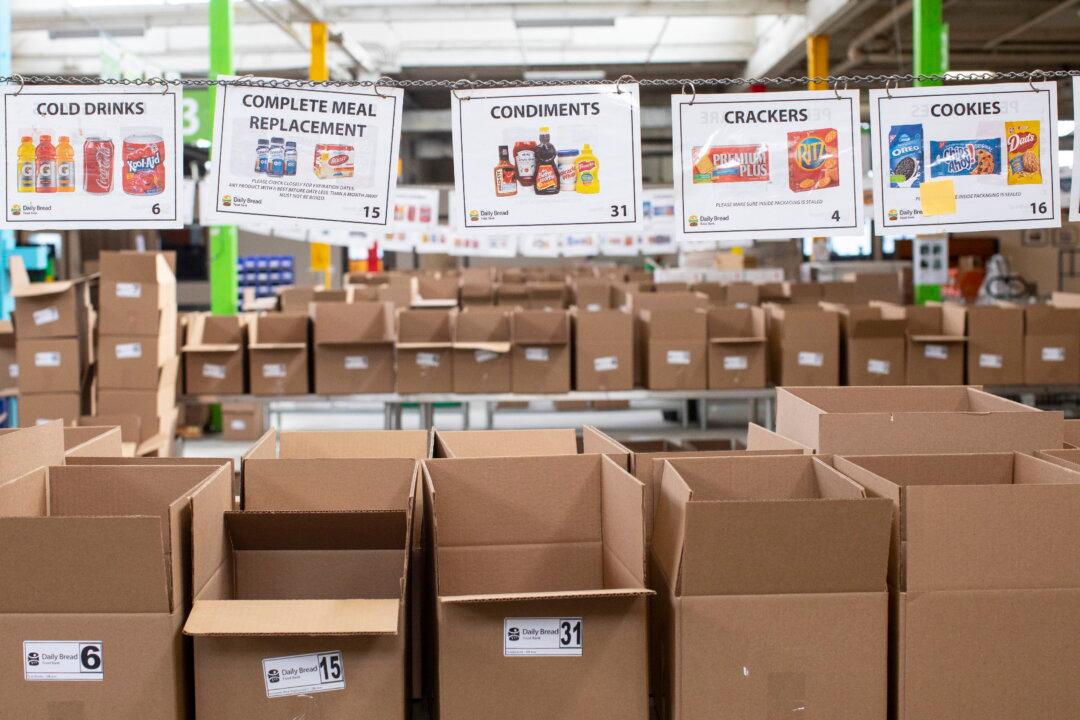Food bank use has “reached a crisis level” in Ontario, rising 38 percent in the last year, a report released by Feed Ontario has found.
More than 800,000 people in the province used a food bank between April 1, 2022, and March 31, 2023, the highest single-year increase ever reported, according to Hunger Report 2023.





